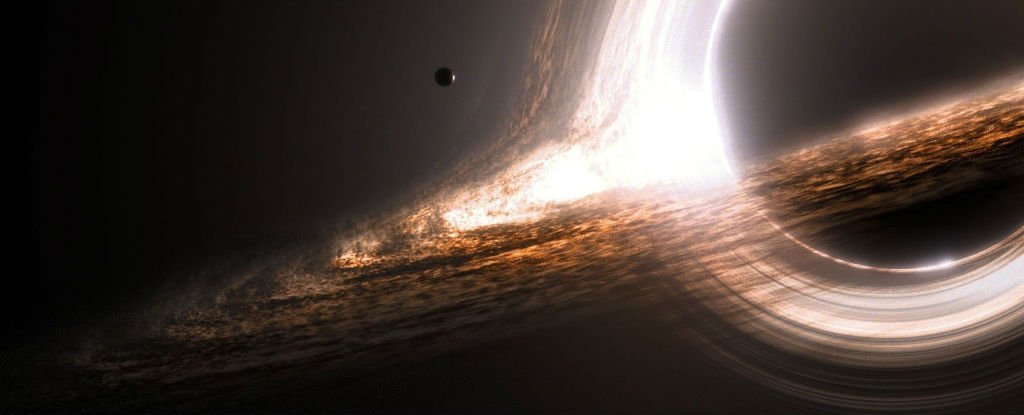The universe can be thought of as one big, continuously expanding space. An interesting theory about this expansion assumes that the universe could’ve spawned from a singularity — not the technological kind — similar to way that black holesare said to be the origin of galaxies.
There’s much about the formation of galaxies and black holes that we don’t understand yet, let alone the very origins of the universe, but scientists continue to explore and evaluate this interesting theory. Now, a new study published in The Astronomical Journal is providing us with more clues about how black holes operate in the cosmos.

Not long ago, supermassive black holes (SMBH) were thought to be found only in bigger galaxies, like the Milky Way. Then, a team of astronomers from the University of Utah found a SMBH at the center of an ultra-compact dwarf galaxy, which they concluded must be an uncommon occurrence. But now the team has found SMBH at the centers of two other dwarf galaxies named VUCD3 and M59cO.
Not only were these SMBH spotted in more dwarf galaxies, but they are even larger than the Milky Way’s SMBH, called Sagittarius A (which is about 4 million times the mass of the sun). “It’s pretty amazing when you really think about it,” lead researcher Chris Ahn said in an interview for a University of Utah press release. “These ultra-compact dwarfs are around 0.1 percent the size of the Milky Way, yet they host supermassive black holes that are bigger than the black hole at the center of our own galaxy.”

Image credit: University of Utah
An Origin Story
Having SMBH at the center of these dwarf galaxies could explain why they were found to be more massive than scientists expected when considering just their stars. In the case of VUCD3, its black hole was 13 percent of the galaxy’s total mass, while the M59cO’s black hole accounted for 18 percent of its total mass. In comparison, the Milky Way’s SMBH makes up less than 0.01 percent of the galaxy’s total mass.
In addition to providing insight into these specific galaxies, this discovery can also help us understand how other galaxies came to be.

“We still don’t fully understand how galaxies form and evolve over time, these objects can tell us how galaxies merge and collide.” Anil Seth explained in the press release.
The study also shows that dwarf galaxies aren’t just star clusters. They could be younger versions of bigger galaxies like the one we call home.
“We know that galaxies merge and combine all the time — that’s how galaxies evolve. Our Milky Way is eating up galaxies as we speak, our general picture of how galaxies form is that little galaxies merge to form big galaxies. But we have a really incomplete picture of that. The ultra-compact dwarf galaxies provide us a longer timeline to be able to look at what’s happened in the past.” Seth went on to say.





